Charging a Tesla Model Y at a new V3 Supercharger
Charging a Tesla is now faster thanks to the latest Superchargers – and we’ve tested it.
We headed to the new V3 Supercharger at Kirrawee in the south of Sydney in the new Tesla Model Y.
The location is Kirrawee is one of the first of the latest generation Tesla Superchargers (Superchargers being Tesla’s bespoke fast chargers).
READ MORE: Tesla begins unlocking Supercharger sites for non-Tesla EVs
What’s different with a Tesla V3 Supercharger?
The V3 – or version three – Supercharger looks very similar to other Tesla Superchargers.
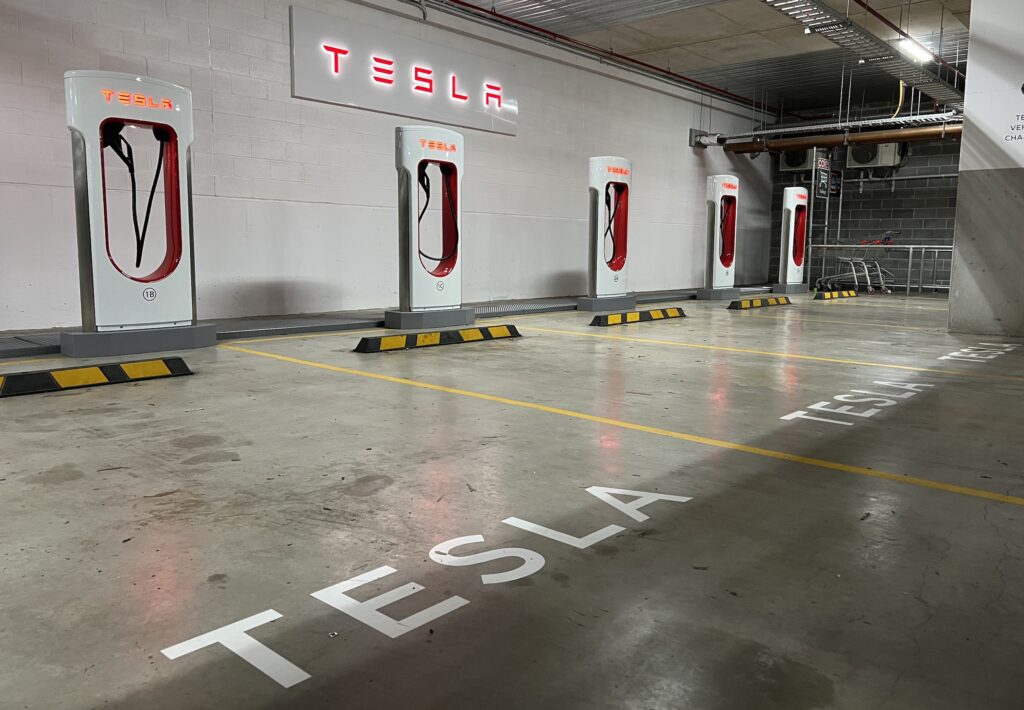
It’s a sleek white, modern-looking structure that stands about as high as a petrol bowser. But there’s a large hole in the centre with red highlights in line with Tesla’s branding.
READ MORE: Tesla Model Y vs Tesla Model 3: Which is the best EV for you?
EV COMPARISON: Tesla Model 3 vs Kia EV6 vs Polestar 2 vs Hyundai Ioniq 5
READ MORE: EV charging race: Hyundai Ioniq 5 versus Porsche Taycan versus Audi e-Tron
READ MORE: Hyundai Ioniq 5: Australia’s fastest (charging) EV put to the real-world test
Look closely, though, and there’s one key difference: whereas previous Tesla Superchargers have two plugs on each station – one for older Teslas and one using the newer industry-standard CCS combo plug – the new V3 outlets have only that single newer plug.
It means older Teslas without the larger CCS plug need to buy an adaptor to use the new V3 chargers.
There’s another key difference with a V3 Supercharger and that is in how it supplies its electricity.
Older Superchargers were initially limited to supplying 150kW of electricity (having been upgraded from 120kW). The new V3 Superchargers are claimed to supply up to 250kW, although exactly how much is supplied will depend on the car, the state of charge (SOC) and ambient temperature, among other factors.

And V3 Superchargers are guaranteed to always supply the maximum power. Previously Superchargers could split power between two chargers, so if someone plugged in next to you it could reduce how much power was sent to your Supercharger.
With the V3 outlets they can supply 250kW to two cars charging at adjacent charge bays.
Plugging in to charge the Tesla Model Y RWD
Tesla has always focused on making charging easy and it’s no different with the V3 Supercharger. Plug the cable in and once it recognises your car the electricity starts flowing.
That’s what happened when we plugged a Model Y in.
Our Model Y was the entry-level Rear-Wheel Drive with a lithium-iron phosphate (LFP) battery.
It’s the same 60kWh battery used in the Model 3 Rear-Wheel Drive.
We plugged in when the battery was at 9 percent state of charge.
We’d added the Kirrawee Supercharger as a destination in the navigation to allow the car to precondition the battery (heating or cooling) on the way.
It means it can potentially charge at a faster rate once you do plug in.
We measure the charge rates as every 10 percent state of charge.
Here’s what we found:
10%: 8.12am – 169kW
Within about 30 seconds of plugging in the Model Y was accepting 169kW of charge. The maximum we saw was 170kW, which is well below what you’d achieve at an older Supercharger. At its peak the Model Y was accepting electricity at the rate of 1225km/h (in other words, at that rate it was adding 1225km of driving range per hour of charge, although as you’ll see it can’t maintain that charge rate for long). That peak was shortlived, though, and in less than a minute the Model Y was pulling back its rate of charge. By the time it reached 13 percent SOC – about 90 seconds into the charge – it had dropped below 150kW. By the time it was at 18 percent SOC it was back to 125kW. A fan was busy keeping things cool during this fast charge phase.
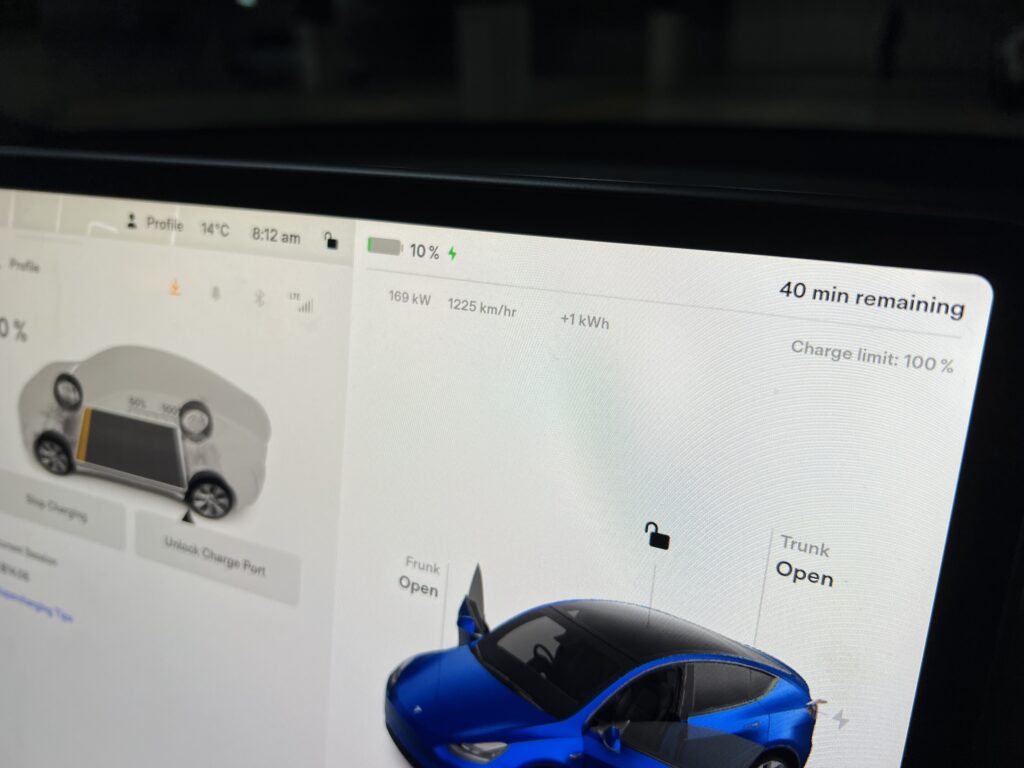
20%: 8.14am – 120kW
Things has quickly wound back by the time the Model Y was up to 20 percent SOC. It was now accepting around 120kW of charge, maybe 2-3kW more as the rate fluctuated. In other words, there was no benefit to using the V3 Supercharger once the car was at 20 percent SOC, other than there would be no halving of the charge rate if another car plugged in alongside.
30%: 8.17am – 118kW
Not long after passing the 30 percent SOC mark the fan stopped cooling the battery. Blame it on the lower charge rate, which by now had just dropped below 120kW.
40%: 8.21am – 112kW
As it crossed the 40 percent SOC mark our Model Y was still accepting 112kW of charge. Good, but not necessarily benefiting from the higher output of the V3 Supercharger.
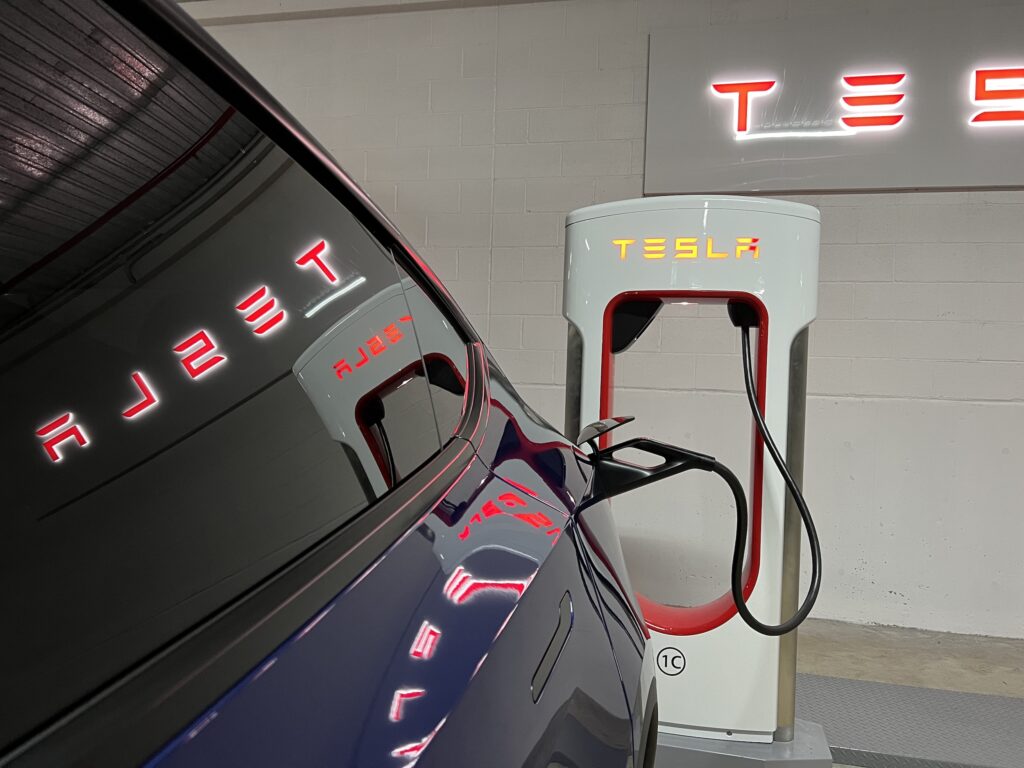
50%: 8.25am – 100kW
Once the battery was half charged the charge rate dropped below 100kW for the first time. But given the efficiency of the Model Y it was still adding range at more than 700km/h. The car was estimating another 30 minutes until the battery was full.
60%: 8.29am – 83kW
The charge rate was progressively coming off, but not dramatically. At 60 percent SOC it was still accepting 83kW.
70%: 8.33am – 66kW
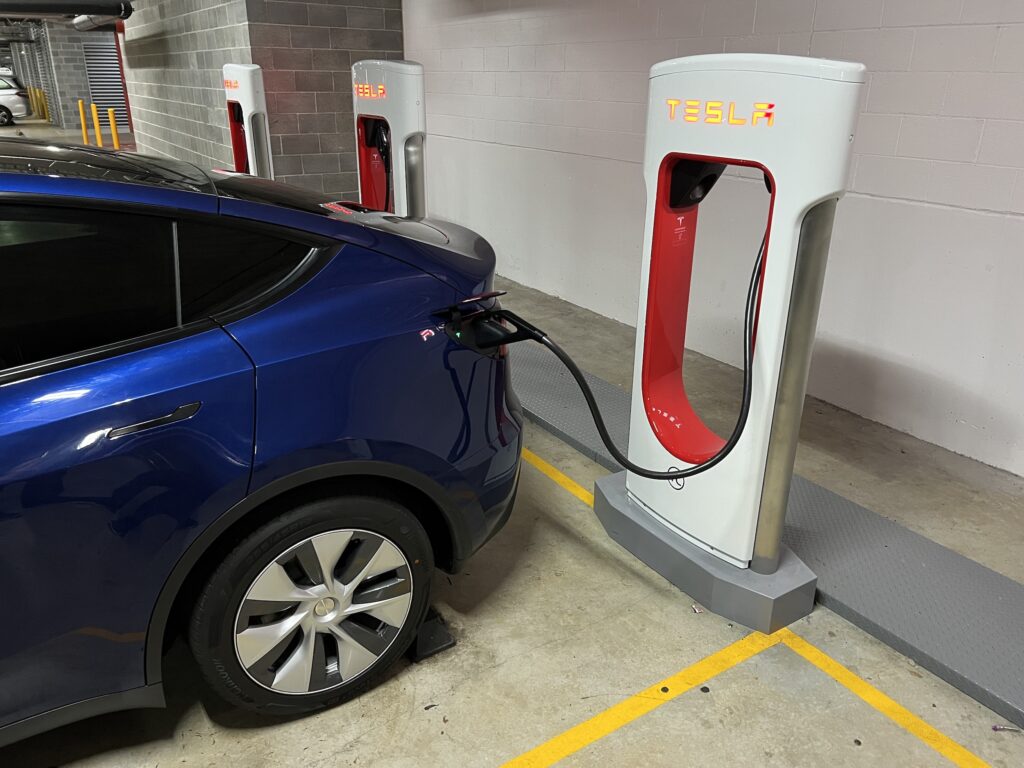
Things are slowing down now, although the Model Y is still taking on 66kW.
80%: 8.40am – 50kW
By the time it reaches 80 percent SOC our Model Y is down to 50kW of charge. It’s about now when most EVs really start to throttle back the charge rate to protect the battery, something that starts happening – but again it’s progressive.
90%: 8.48am – 22kW
It’s taken about eight minutes to get from 80 to 90 percent SOC. To put that in perspective, it’s three-to-four times longer than it was taking to add 10 percent SOC earlier in its charge cycle.
100 %: 9.03am – 12kW
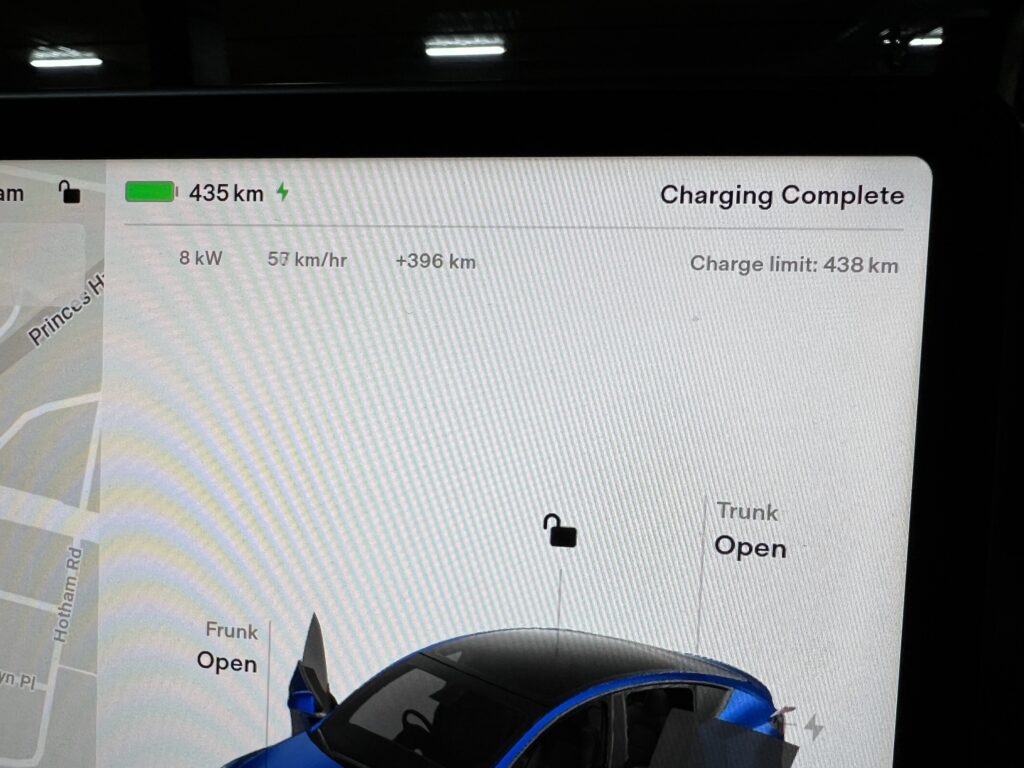
No surprises that the slowest portion of the charge was the last little top-up. It took about 15 minutes to add 10 percent SOC, or about 40km of range. The battery state of charge hit 100 percent 51 minutes after we plugged in. But it was still accepting 12kW of electricity and did not come up with a “charging complete” note on the touchscreen for another minute. Even then it was still accepting electricity until the forecast remaining was at 435km. The total electricity taken onboard was 55kWh. Considering we charged 91 percent of the battery capacity, it gels with our calculations that the battery capacity is 60kWh.
Is a V3 Supercharger really faster to charge?
Yes, and no – and a lot of it depends on how much charge your Tesla has left in its battery before you plug in.
If you’re plugging in with any more than 20 percent SOC then our experience suggests you can get the same charge at an older Supercharger.
During our charge we learnt there’s not a major benefit in heading towards a V3 Supercharger – at least if you’re driving a Tesla Model 3 or Model Y with an LFP battery.
Sure, the latest gen Superchargers can apparently supply up to 250kW of power, but we never saw anything close to that during out 9-100 percent charge.
The best we saw was 170kW and it was only very briefly above the 150kW charge power.
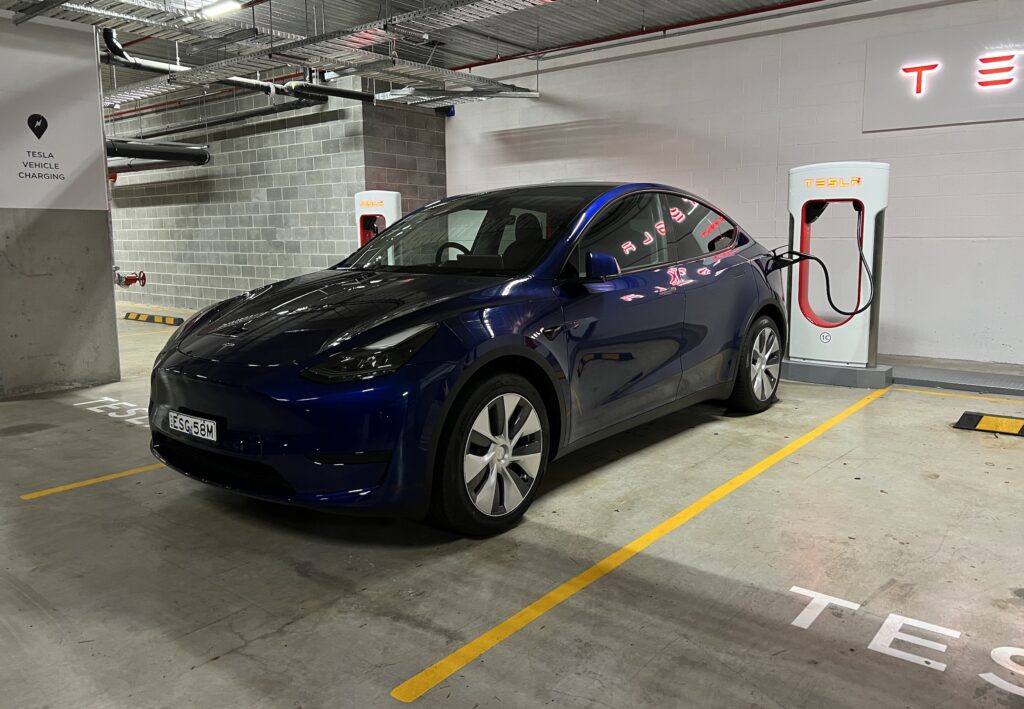
All up, it took 15 minutes to go from 10 to 56 percent SOC.
The 10-80 percent charge – often used as a default when calculating fast charge times – took about 28 minutes. That would add a real-world range of around 280km, possibly 290km.
So for anyone who drives a Hyundai Ioniq 5 or Kia EV6 they may be satisfied to learn that fast charging is one area they’ve got the Tesla Model Y RWD covered.

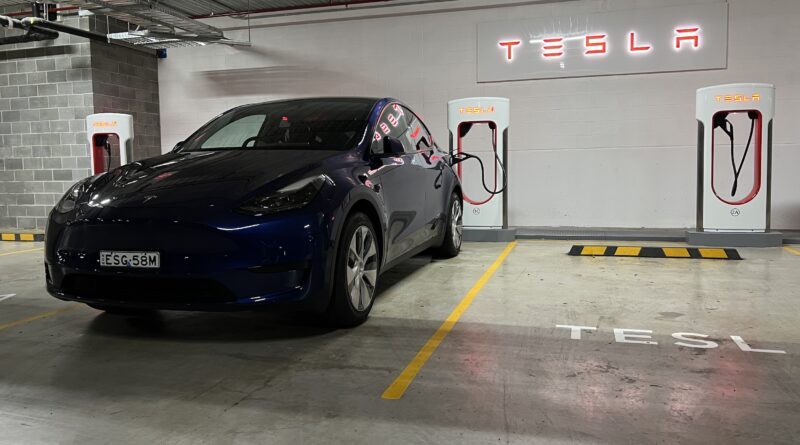
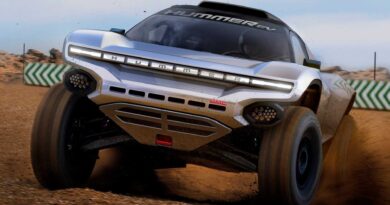
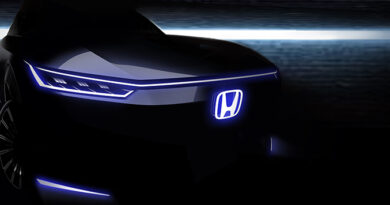
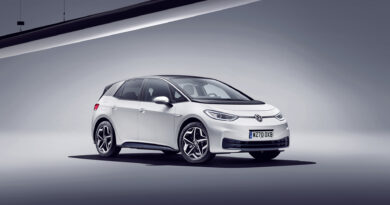
I tested it out at Kirrawee on 5th of August with my fresh Y after 2 days of driving.
As I was merely curious I had 55% in the battery when I started.
It gave me a maximum charge rate of 95kw and it took 23 minutes to reach 100% but never said charge full.